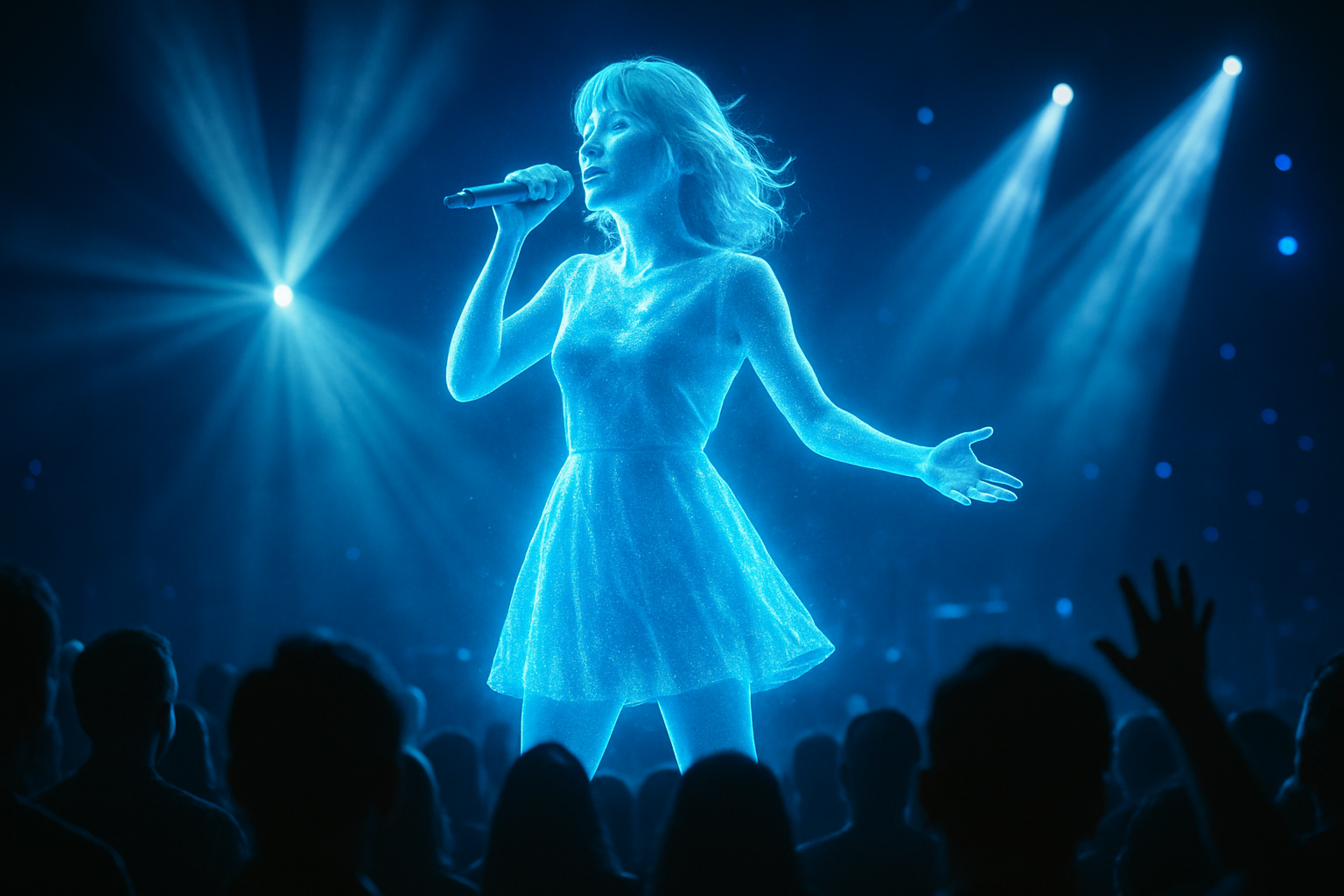Holographic Concerts: The Future of Live Music
In an era where technology continually reshapes our experiences, holographic concerts are emerging as a groundbreaking fusion of music and visual artistry. This innovative approach to live performances is captivating audiences worldwide, blurring the lines between reality and digital illusion. As holographic technology advances, it's transforming the music industry, offering new possibilities for artists and redefining the concert experience for fans. From resurrecting legendary performers to creating mind-bending visual spectacles, holographic concerts are poised to revolutionize the way we engage with live music.

Technological Advancements Driving Holographic Concerts
The rapid evolution of holographic technology has been crucial to its adoption in live music performances. Modern holographic concerts utilize a combination of high-resolution projectors, specialized screens, and advanced motion capture systems to create lifelike, three-dimensional images of performers. Recent developments in real-time rendering and AI-driven animation have further enhanced the realism and interactivity of these digital avatars, allowing for more dynamic and responsive performances.
The Creative Possibilities of Holographic Performances
Holographic concerts open up a world of creative possibilities for artists and event organizers. Musicians can now design elaborate visual spectacles that were previously impossible in traditional live settings. From performing alongside digital recreations of historical figures to transforming stage environments in real-time, holographic technology allows for unprecedented levels of artistic expression. This fusion of music and visual art is creating a new form of multimedia performance that pushes the boundaries of creativity and audience engagement.
Ethical Considerations and Artistic Integrity
As holographic concerts gain popularity, they also raise important ethical questions, particularly when it comes to posthumous performances. The use of holographic technology to resurrect deceased artists has sparked debates about artistic legacy, consent, and the authenticity of these digital recreations. While some view these performances as a way to celebrate and preserve musical heritage, others argue that they exploit the image and work of artists who can no longer give their approval. This ongoing discussion highlights the need for clear guidelines and ethical considerations in the use of holographic technology in the music industry.
The Impact on the Music Industry and Fan Experience
Holographic concerts are reshaping the economics and logistics of the music industry. They offer the potential for simultaneous performances in multiple locations, reducing travel costs and environmental impact while increasing accessibility for fans. For audiences, these shows provide a unique and immersive experience that combines the energy of live music with the spectacle of cutting-edge visual effects. As the technology continues to improve, holographic concerts may become a standard feature of the live music landscape, complementing traditional performances and offering new ways for fans to connect with their favorite artists.
The Future of Holographic Concerts
Looking ahead, the potential applications of holographic technology in live music are vast. We may see the development of interactive holographic experiences, where audience members can influence or participate in the performance in real-time. Virtual reality and augmented reality technologies could be integrated with holographic concerts, creating hybrid experiences that blur the lines between physical and digital spaces. As these technologies converge, they have the potential to create entirely new forms of musical expression and audience engagement.
Challenges and Limitations
Despite their potential, holographic concerts face several challenges. The technology remains expensive and complex, limiting its widespread adoption. There are also technical hurdles to overcome, such as improving the realism of holographic projections and ensuring seamless integration with live elements. Additionally, there are concerns about the potential for holographic technology to replace live performers, raising questions about the future of traditional musicianship and the live music industry.
Conclusion
Holographic concerts represent a fascinating intersection of technology, art, and entertainment. As this technology continues to evolve, it has the potential to redefine our understanding of live music and push the boundaries of creative expression. While challenges and ethical considerations remain, the growing interest in holographic performances suggests that they will play an increasingly significant role in the future of the music industry. As artists, technologists, and audiences explore this new frontier, we can expect to see innovative and awe-inspiring musical experiences that were once the realm of science fiction become a thrilling reality.





